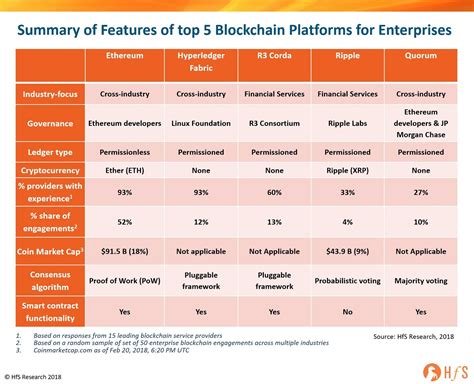Maintaining the Longest Chain: A Guide to Consistently Low Difficulty on Ethereum
Ethereum’s long-running proof-of-work (PoW) consensus algorithm is designed to be energy efficient, but it can also lead to scalability and usability issues for new users. One of the challenges many users face when trying to achieve the longest chain on the network is maintaining a consistently low difficulty. In this article, we’ll take a look at how maintaining a consistently low difficulty works in Ethereum’s PoW algorithm and provide some tips on how to achieve it.
What is Consistently Low Difficulty?
Consistently low difficulty means setting the mining difficulty to a fixed value, usually between 1,000 and 10,000, that remains relatively stable over time. This ensures that the network can continue to verify transactions at a constant rate without breaking the consensus mechanism. However, if the difficulty changes too much, it can lead to problems with block creation times, which leads to increased network congestion.
The Problem of Constantly Low Difficulty in Ethereum
In Ethereum, a constant low difficulty means setting the mining difficulty to a fixed value that does not change often. This is often achieved by adjusting the target difficulty for each block, rather than changing it over time. However, this approach has its limitations.
One challenge is that if you try to re-apply all the work you did from Block 1 until you reach the longest chain using a constant low difficulty, you can run into a few problems:
- Difficulty Inconsistencies: The new difficulty target may not be consistent with the existing block structure and data.
- Block Creation Times: A constant low difficulty can lead to longer block creation times, making it harder for users to validate transactions quickly.
How to Keep Ethereum Difficulty Consistently Low
To overcome these challenges, you need to re-apply all of the work you’ve done since Block 1 until you reach the longest chain using a consistently low difficulty. Here’s how:
- Understand the Block Structure: Before attempting to re-apply all of your work, you need to understand the structure of the blockchain and how it affects mining difficulty.
- Back Up: Before attempting to re-apply all of your work, back up all of your wallet history, including transactions and addresses.
- Set Up an Incremental Mining Pool: Set up an incremental mining pool that allows you to make changes to the blockchain one block at a time. This will help maintain consistency with your existing block structure.
- Apply changes in 1-10 block increments: Apply changes, such as reapplying all the work done since Block 1, up to the longest chain using a constant low difficulty, in increments of 1-10 blocks at a time.
Tips for successfully reapplying changes

To successfully reapply all the work, follow these tips:
- Use a secure wallet: Use a secure wallet with good password protection and encryption to ensure your wallet data remains secure.
- Keep backups of important data: Keep backups of important data, such as transaction histories and wallet settings.
- Be careful when applying changes: Be careful when reapplying all the work, as this can lead to inconsistent difficulty levels and block times that can take some time to recover.
Conclusion
Maintaining a consistently low difficulty level in Ethereum’s PoW algorithm requires careful planning and execution. By understanding how to apply changes one block at a time and setting up an incremental mining pool, you can successfully reapply all the work you’ve done since Block 1 until you reach the longest chain using a consistently low difficulty level. However, you should be careful when making changes and backing up important data to ensure a smooth transition.









